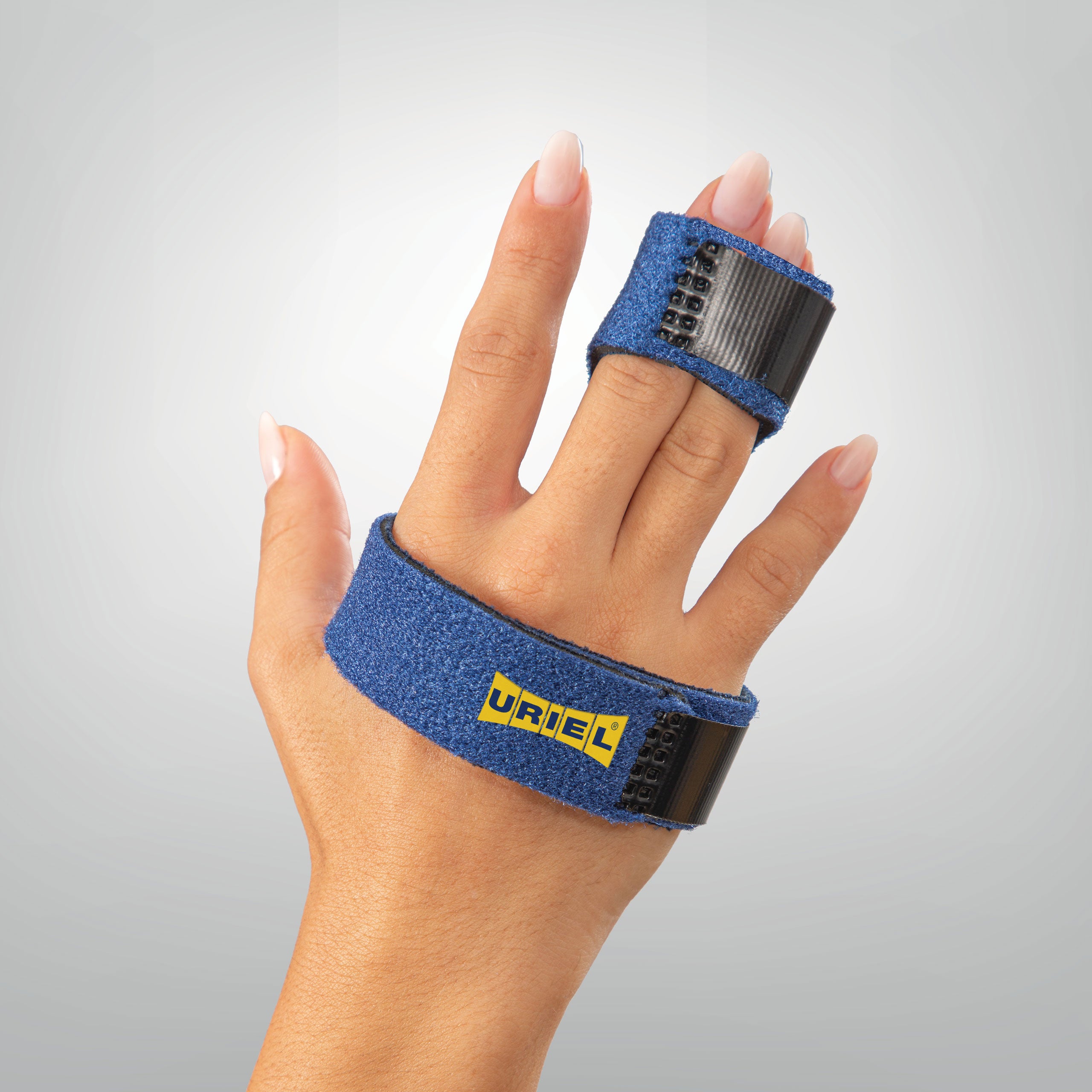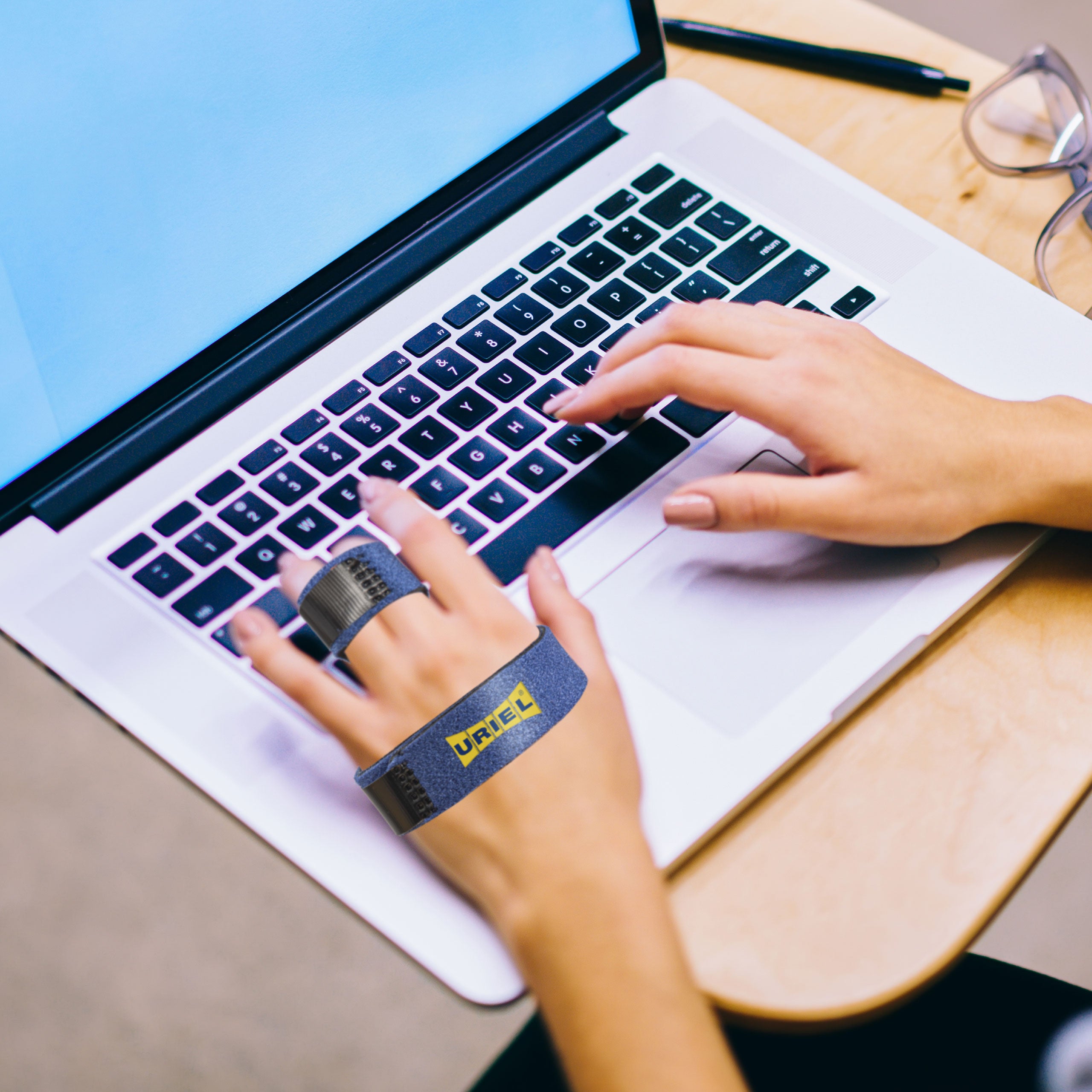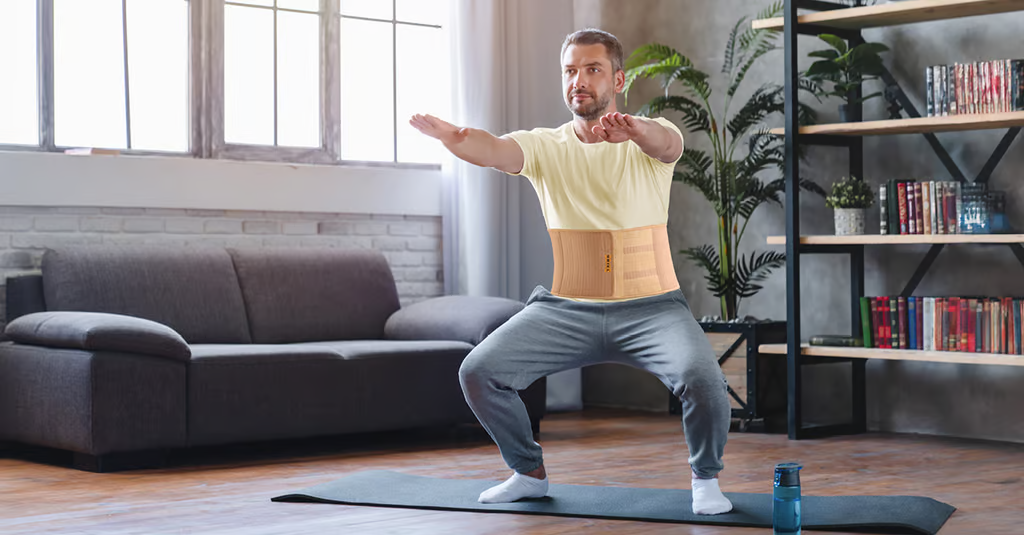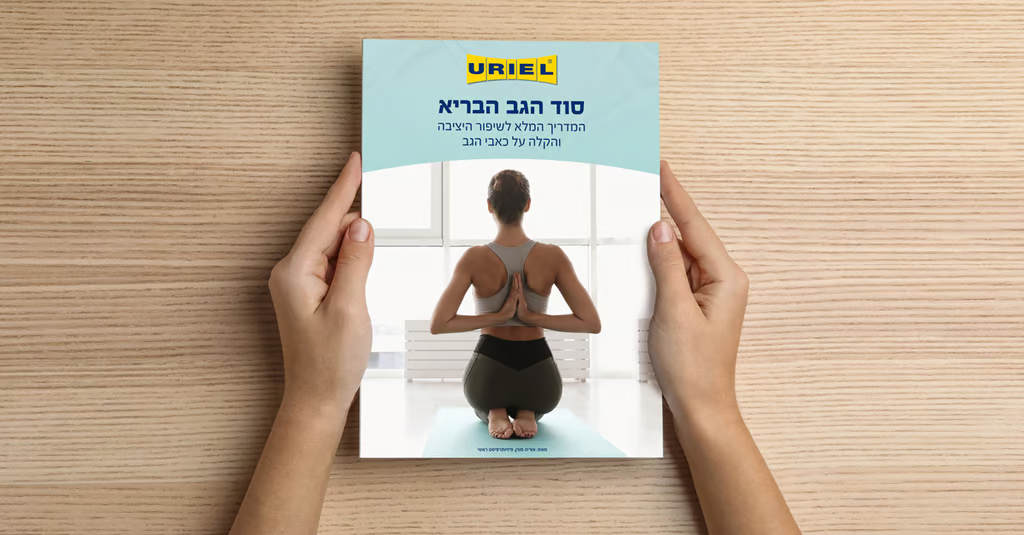

Finger splint | 237
Trigger finger splint
This brace is designed to relieve finger pain, helping to relieve locking, popping, bending, swelling, pain and stiffness in the finger joints.
It can be worn on all fingers of the hand, suitable for both the right and left hand.
Medical indications:
- Trigger Finger: To help immobilize the finger and prevent repetitive movements that aggravate the condition.
- Finger tendonitis: Pain relief and support during the recovery process.
- Finger fractures: immobilization and support of the injured finger to prevent unwanted movements during recovery.
- Finger sprains and strains: Support and protect the finger while recovering from ligament and tendon injuries.
- Finger joint inflammation: Pain relief and maintaining stability of the inflamed joint.
Carpal tunnel syndrome: In some cases, a finger support may relieve pressure on the palm and finger area. - Finger Sports Injuries: Support and protect the finger while recovering from sports injuries.
General use for finger support: Suitable for cases where general support for the finger is required in cases of minor injury or prolonged exertion.

Dimensions
ONE SIZE
Extended description
User manual
- Make sure the splint is clean and in good condition for use.
- Prepare the intended hand and finger, clean and free of thick bandages that will interfere with the fit.
- Open the splint and place it along the intended finger, so that it covers the joints and supports the entire finger.
- Make sure the splint is placed comfortably and correctly along the length of the finger and wrist.
- Place the splint around the finger and tighten it with the clamps, so that the splint is tight enough to secure the finger.
- Make sure the splint is not too tight so that it does not stop blood flow.
- The brace should be worn for the time recommended by your doctor or physical therapist.
- In addition to using a brace, it is also recommended to undergo physical therapy or occupational therapy.
Our expert advice
ONE SIZE
- Make sure the splint is clean and in good condition for use.
- Prepare the intended hand and finger, clean and free of thick bandages that will interfere with the fit.
- Open the splint and place it along the intended finger, so that it covers the joints and supports the entire finger.
- Make sure the splint is placed comfortably and correctly along the length of the finger and wrist.
- Place the splint around the finger and tighten it with the clamps, so that the splint is tight enough to secure the finger.
- Make sure the splint is not too tight so that it does not stop blood flow.
- The brace should be worn for the time recommended by your doctor or physical therapist.
- In addition to using a brace, it is also recommended to undergo physical therapy or occupational therapy.
Blog

Treating Lower Back Pain: 6 Tips to Improve Quality of Life
Suffering from lower back pain? You are definitely not alone. There are many ways to deal with one of the most common pains in the world, here are some of them. It's time to relieve the pain.

The Secret to a Healthy Back: The Complete Guide to Improving Posture and Alleviating Back Pain
Is back health important to you? Get the 'Secret of a Healthy Back' guide containing information, tips and useful advice for relieving back pain. By Oriya Moran, Chief Physiotherapist Download t...

Kinesio tape or professional elastic bandage?
Suffering from sports injuries, bruises or simply pain caused by medical problems? Get to know the variety of dressing products that will support you. When should we use kinesiology tape and why d...
